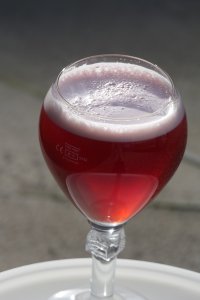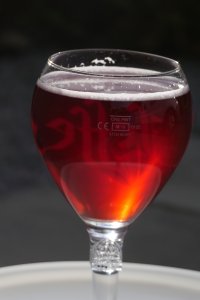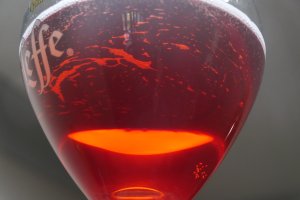I brewed a Philly sour IPA. Everything is great besides that the sourness is less than I expected. I put 5.4% of Dextrose, mash at 65C/149F for 1 hour. Chill to 25c/77F and fermentation at 22C+/75F room temperature. One pack Phlly sour yeast for 10L (2.5 gallon) wort. PH finally at 3.38 after fermentation (before bottling). It carbonated OK after two weeks in the bottles in room temperature.
I would rate the sourness 4 out of 10.. it's more like a dry hopped gose than a sour IPA, only if it can be more sour would be perfect. In order to increase the sourness to 6 or 7 for next batch, I guess I will try 8% Dextrose, 64C mash temperature and high fermentation temperature?
View attachment 814521
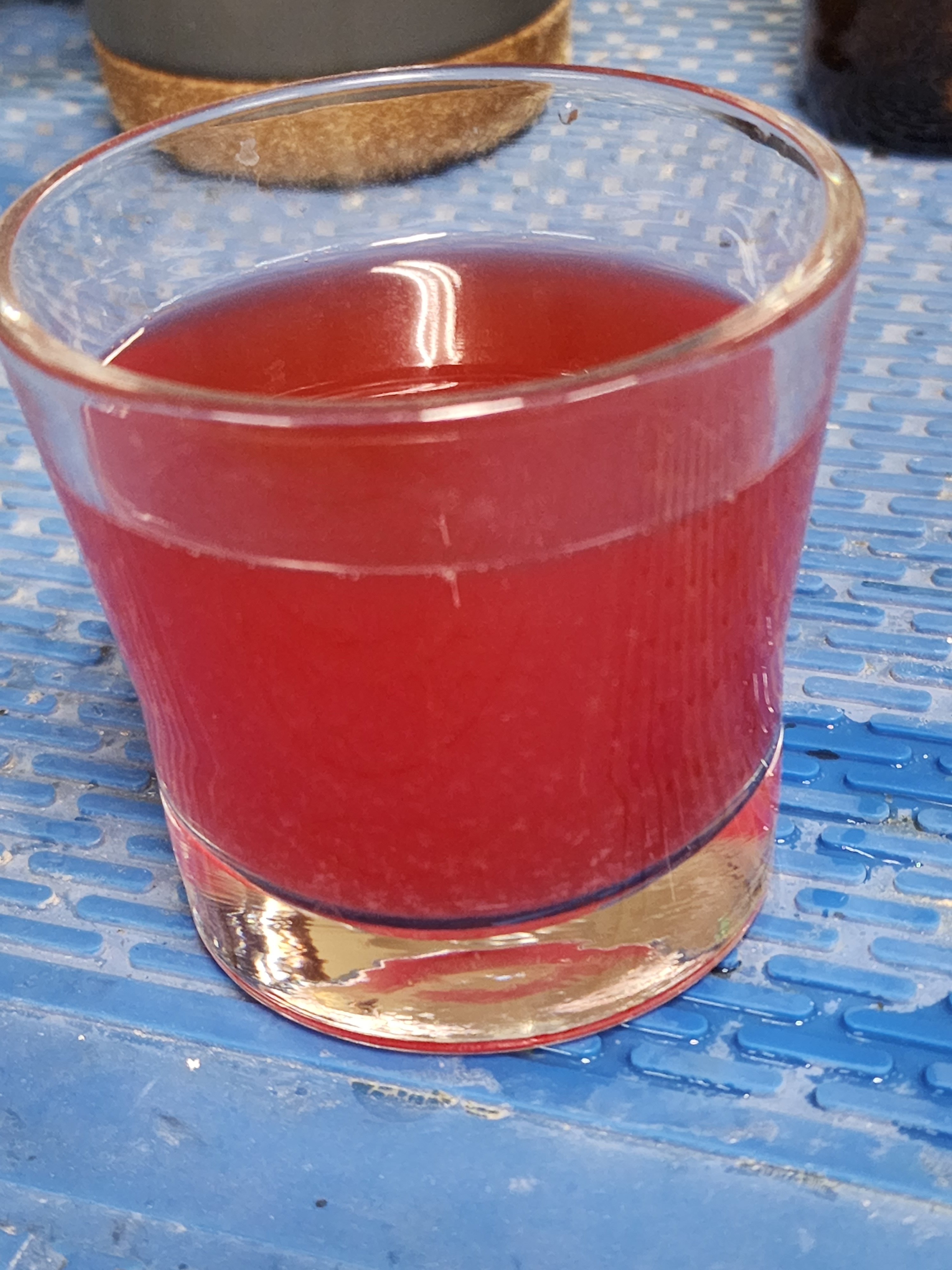


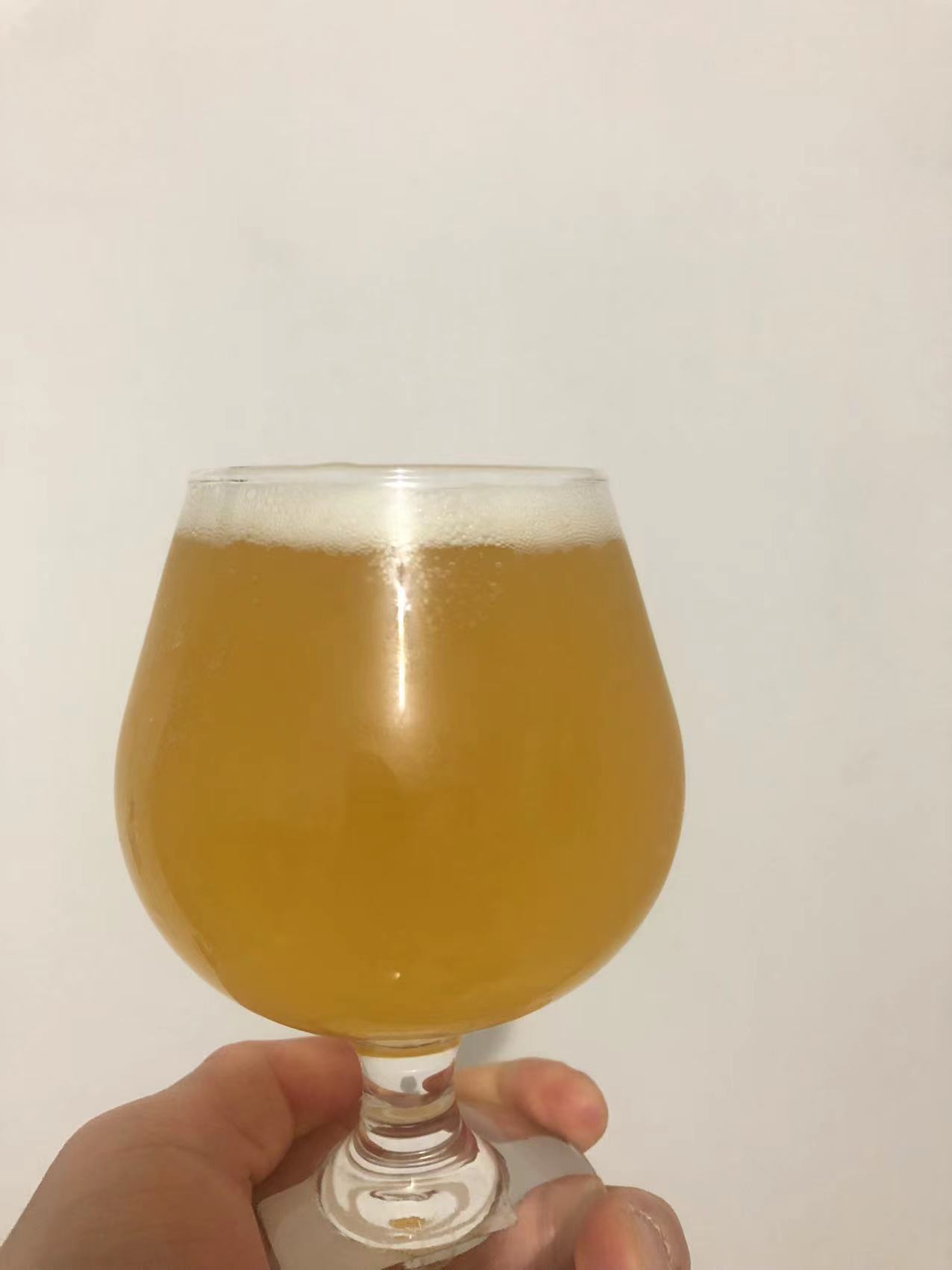




![Craft A Brew - Safale BE-256 Yeast - Fermentis - Belgian Ale Dry Yeast - For Belgian & Strong Ales - Ingredients for Home Brewing - Beer Making Supplies - [3 Pack]](https://m.media-amazon.com/images/I/51bcKEwQmWL._SL500_.jpg)































